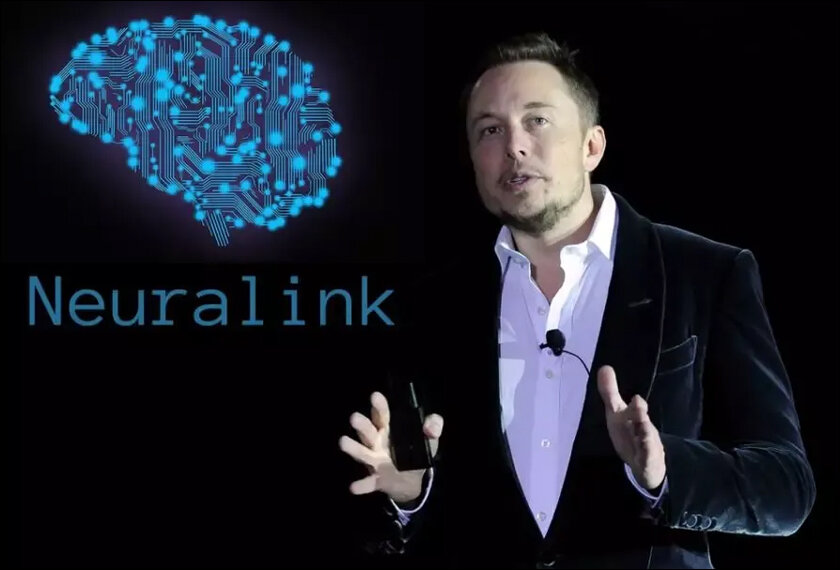Neuralink has developed a unique brain chip that helps specially-abled people with motor skills using their mind, which including using a computer

Neuralink’s Brain Chip: A Revolution in Neurotechnology
Introduction
Neuralink, founded by visionary entrepreneur Elon Musk, is at the forefront of a groundbreaking technological revolution. Their mission? To bridge the gap between human minds and computers through a surgically implanted brain-computer interface (BCI). This neural-chip implant, aptly named “the Link,” has the potential to transform the lives of people with disabilities, granting them newfound abilities and independence. In this comprehensive report, we delve into the intricacies of Neuralink’s technology, its applications, and the impact it could have on humanity.
The Birth of Neuralink
A Visionary Endeavor
In 2016, Elon Musk established Neuralink with the audacious goal of creating a direct connection between human brains and computers. The Link, a coin-sized brain chip, lies at the heart of this endeavor. Its purpose? To decode neural signals and stimulate brain activity, effectively translating thoughts into actions. But how does it work, and what makes it unique?
The Link: A Marvel of Miniaturization
Implantation and Neural Threads
The Link is surgically embedded beneath the skull, where it interfaces with neural threads extending into different brain regions. These threads are responsible for motor control, allowing the brain to communicate with external devices. Each thread contains ultrafine sensors capable of recording and emitting electrical currents. Remarkably, these sensors are so delicate that manual insertion is impossible. Neuralink’s solution? A neurosurgical robot designed for precision and automation.
Decoding Neural Signals
The Link’s primary function is to record and decode neural signals. As neurons fire across synapses, electrical and chemical impulses create a symphony of brain activity. The Link’s electrodes capture these voltage spikes, providing real-time data on brain function. Whether a person thinks about moving a limb or actually performs the action, the Link captures the corresponding neural patterns.
Bidirectional Communication
But Neuralink doesn’t stop at recording. The Link enables bidirectional communication. It not only receives information from the brain but also transmits data back through electrical stimulation. Imagine typing on a keyboard or manipulating a mouse using only your mind. Neuralink’s app aims to make this a reality, empowering users to interact with computers seamlessly.
Applications and Impact
Restoring Movement
For individuals with paralysis or limb loss, the Link holds immense promise. By decoding neural signals related to motor skills, it can restore movement. Imagine a quadriplegic regaining the ability to grasp objects, type, or even play musical instruments. Neuralink’s first patient, a 29-year-old quadriplegic, reported life-changing improvements after receiving the implant².
Vision Restoration
Neuralink also targets vision impairment. By stimulating visual cortex neurons, the Link could potentially restore sight to those born blind. Imagine a world where blindness is no longer an insurmountable obstacle.
Cognitive Enhancement
Beyond physical abilities, the Link could enhance cognitive functions. Imagine downloading knowledge directly into your brain or augmenting memory and learning. While these applications remain speculative, they ignite our imagination.
Challenges and Ethical Considerations
Safety and Long-Term Effects
As with any medical breakthrough, safety is paramount. Long-term effects of brain implants are still unknown. Ensuring the Link’s stability, minimizing risks, and preventing infections are ongoing challenges.
Privacy and Control
BCIs raise ethical questions. Who owns the data generated by the Link? How do we protect privacy? Can external entities manipulate our thoughts? Striking a balance between empowerment and control is crucial.
Conclusion
Neuralink’s brain chip represents a leap toward a future where humans and technology merge seamlessly. As the Link evolves, it could redefine what it means to be human. We stand at the threshold of a new era—one where minds and machines collaborate, unlocking boundless potential. The journey has just begun, and Neuralink’s vision inspires us to dream beyond the limits of our biology.
*Note: The information provided is based on current knowledge and developments as of March 2024. Neuralink’s progress may have evolved since then, and further research is recommended for the most up-to-date insights.*⁴⁵